In March 2013 I led a bird photography tour of Thailand for two avid bird photographers; Pieter Verheij and Roger Marchant. They were using expensive cameras and lenses to get the highest quality images of birds, but I was just using a simple compact digital camera that cost less than $250 and as such I took a wider range of photographs during the course of our Thailand tour.
Spending thirteen days traveling around Thailand gave me the opportunity to take many photographs of colorful scenes, birds and beautiful scenery and here I will display some of my photos and describe the trip as best I can.
I hope you enjoy reading this page and looking at the photographs as much as I enjoyed the tour and perhaps you this page might make you think about visiting Thailand yourself.


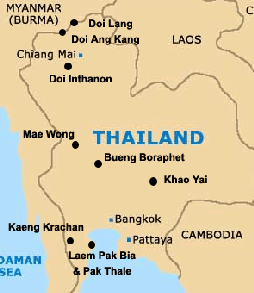

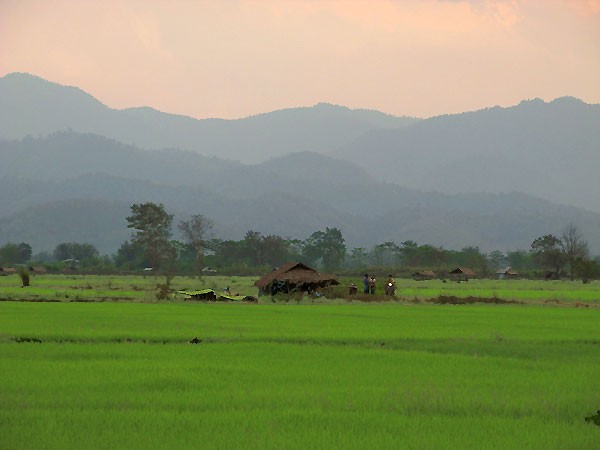

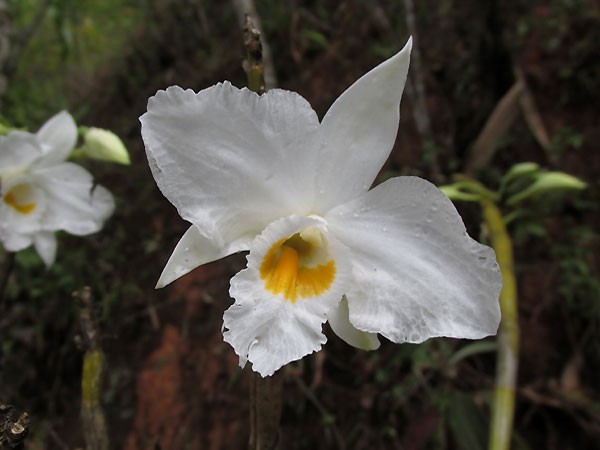
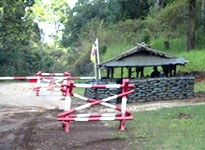 Although there are a couple of army checkpoints on the mountain there is no official border crossing point and it is never really clear where Thailand finishes and Myanmar begins. In fact on one occasion I wandered off into some farmland and spoke to a local in Thai only to be answered in an altogether different language - I had strayed over the border into Myanmar!
Although there are a couple of army checkpoints on the mountain there is no official border crossing point and it is never really clear where Thailand finishes and Myanmar begins. In fact on one occasion I wandered off into some farmland and spoke to a local in Thai only to be answered in an altogether different language - I had strayed over the border into Myanmar!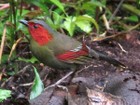
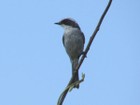
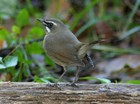
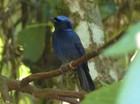
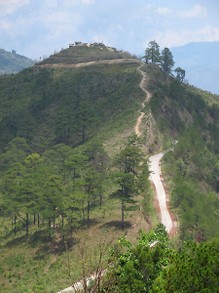
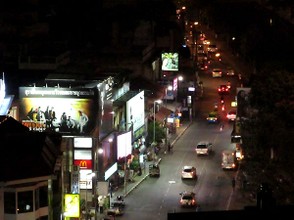
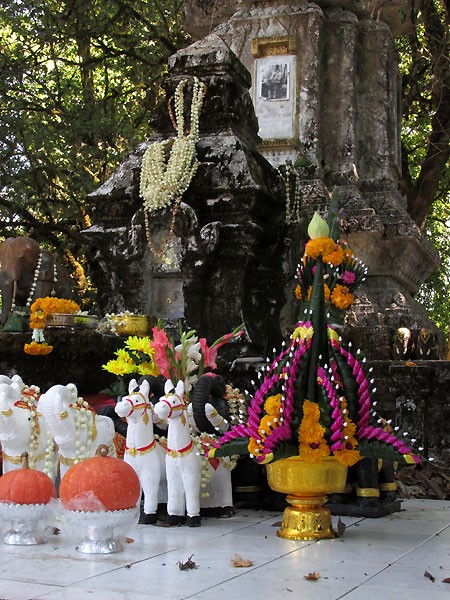
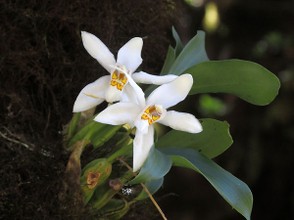
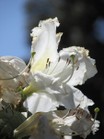
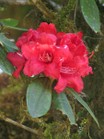
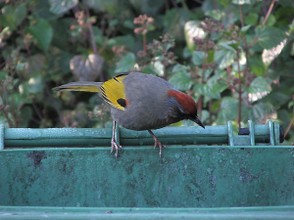
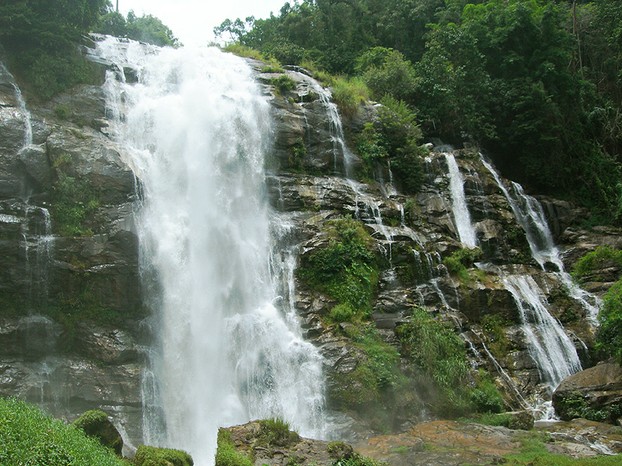
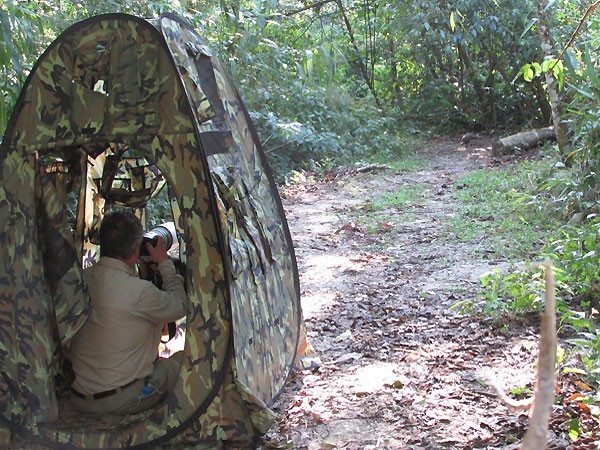
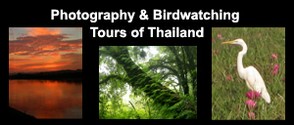
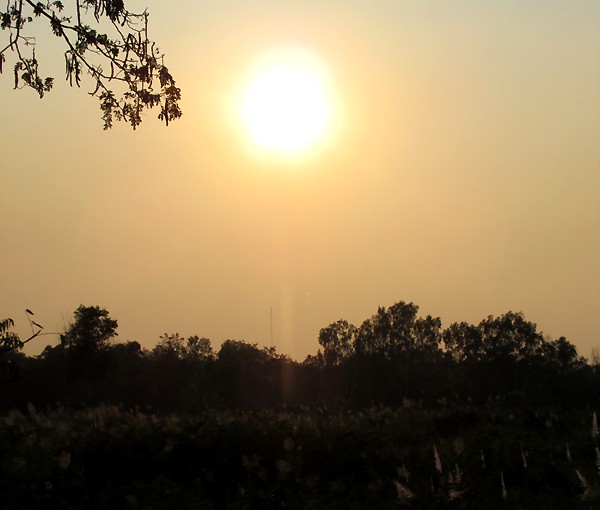

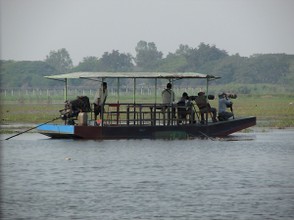
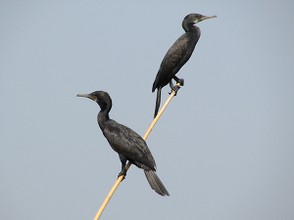
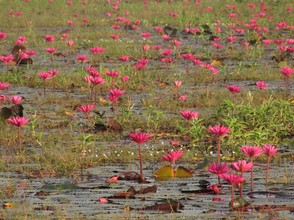
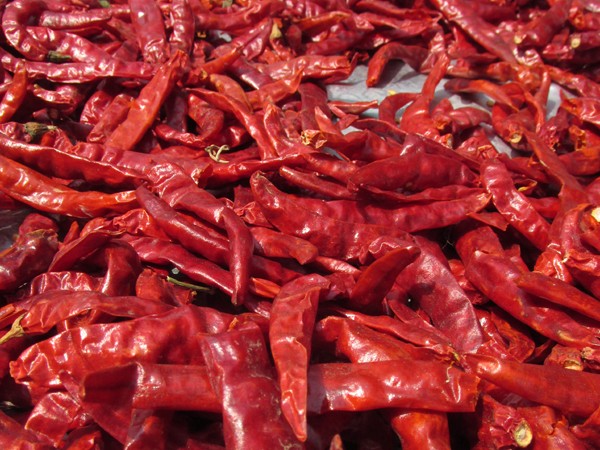
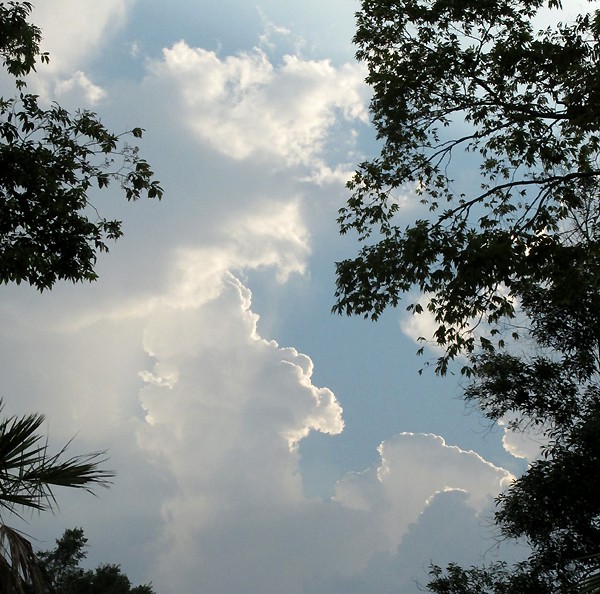
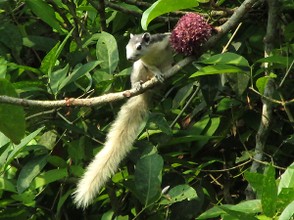

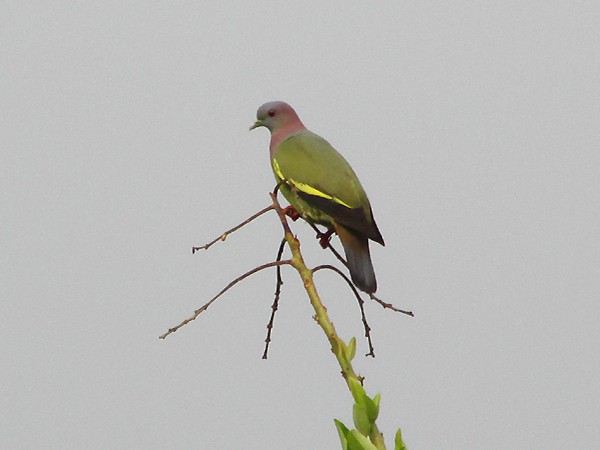
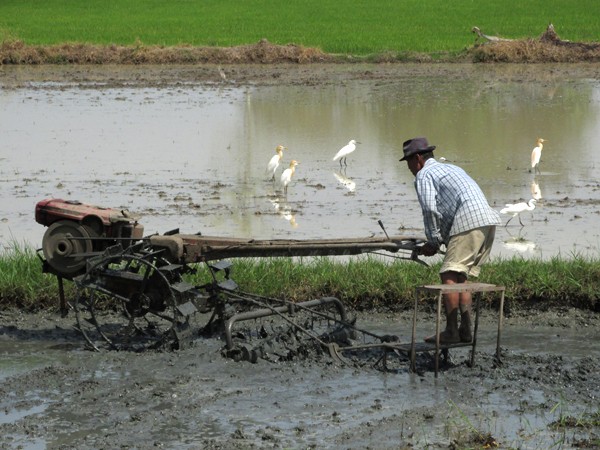
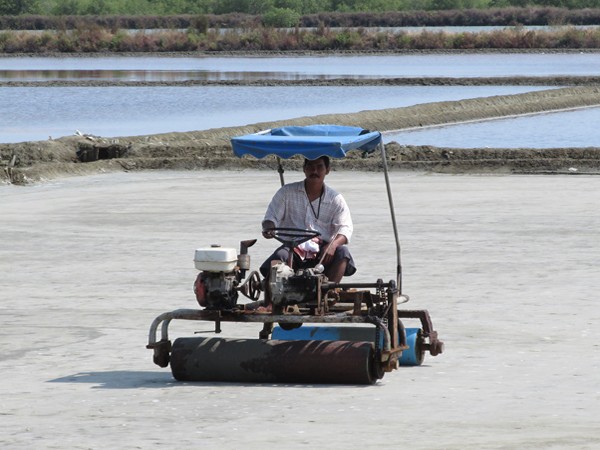
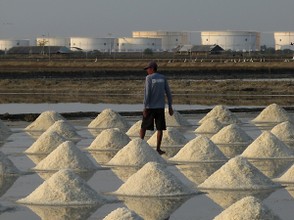
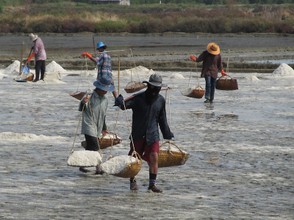

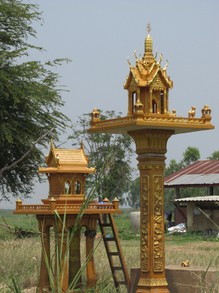
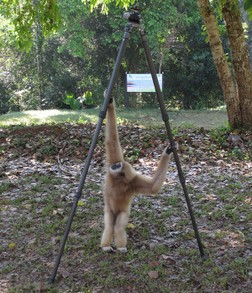
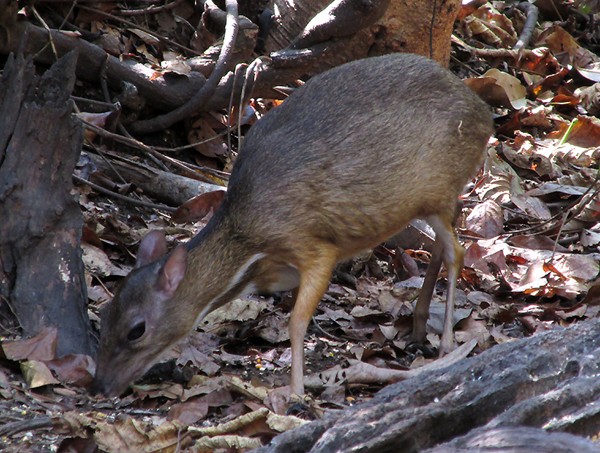
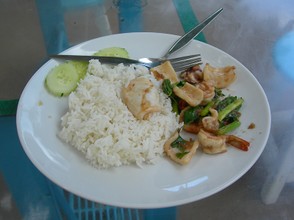

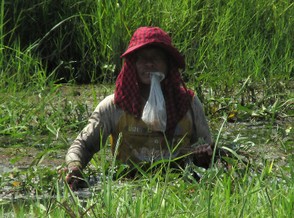
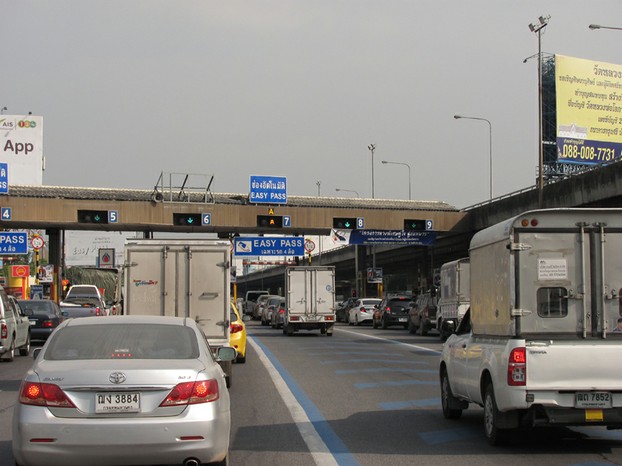
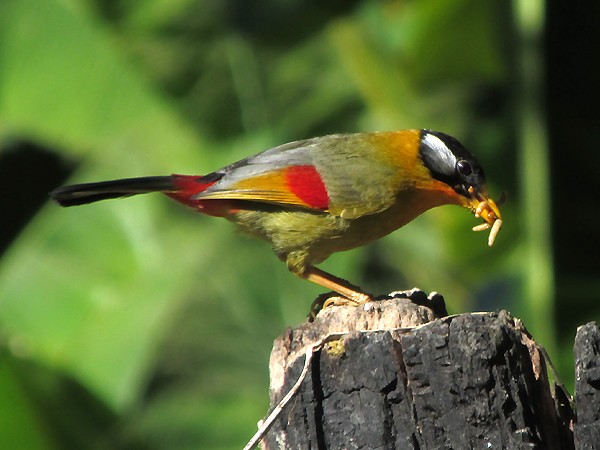
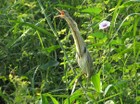
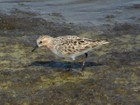
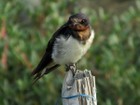
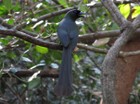
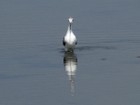
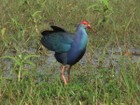
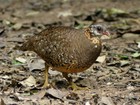
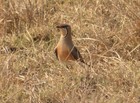

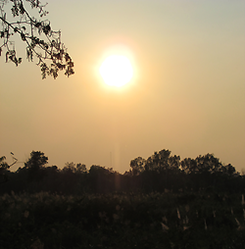

 Birding in Uzbekistan Highlightson 06/10/2025
Birding in Uzbekistan Highlightson 06/10/2025
 Sri Lanka Birding Tour Highlightson 05/28/2025
Sri Lanka Birding Tour Highlightson 05/28/2025
 South Korea Winter Birding Tour Highlightson 05/29/2023
South Korea Winter Birding Tour Highlightson 05/29/2023
 Birding In Asia - Top Bird Watching Locationson 04/05/2020
Birding In Asia - Top Bird Watching Locationson 04/05/2020

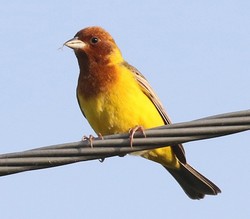
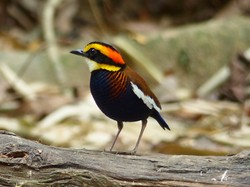
Please Leave Your Comments Here
Hahaha, I buy them from a pet shop in Chiang Mai, a city about 3 hours away from the birding site. They get their own box and seat in the vehicle - perhaps the most important participants.
The second heading, Days 2 & 3 (Morning): Doi Lang, and the third, Day 3 (Afternoon): Doi Ang Kang To Chiang Mai, respectively describe meal-worm feeding and meal-worm feeding stations.
Where do you get the meal worms from?
I have a rather humorous mental image of a stand where locals make money selling worms or of a vending machine where you select what you want, pay and retrieve your meal worms from the drop slot!
Would the meal worms instead be freely here, there, everywhere, so that you'd just pluck them up and put them down at bird-feeding times?
Great images
I've been to Thailand several times now and just love it, such a beautiful country and a mixture of things to photo (nature, city and temples). Love the photos here.
Thanks Belinda. I meant to include a section about the camera and forgot!!!!!! Thanks for reminding me, I will add it.
What an incredible tour! And your $250 digital camera most definitely did you proud. Awesome pictures! Thank you so much for sharing this. By the way, I would be very interested in learning more about your camera. A lot of people might just be in the market for a good, reasonably priced camera. And the pictures truly do speak a 1000 words...or more.